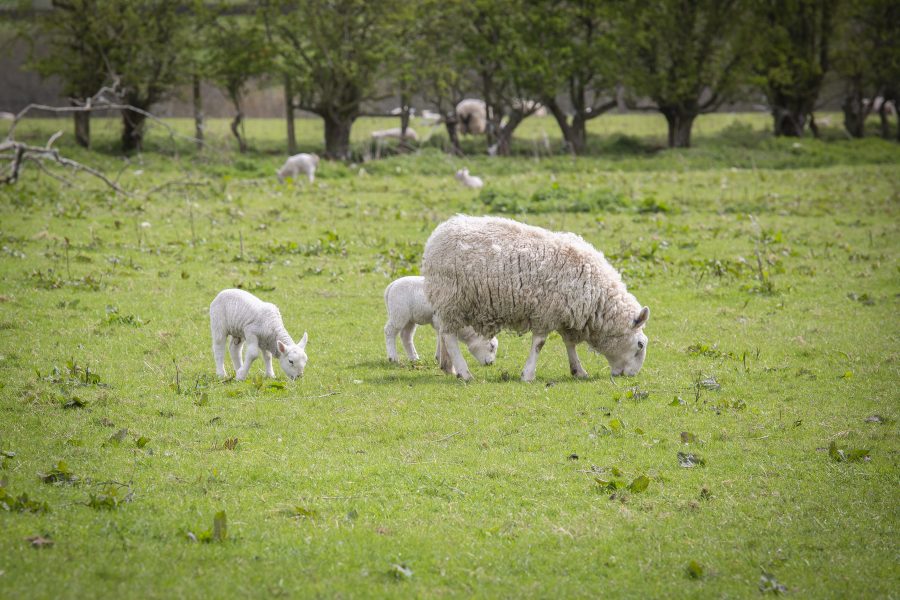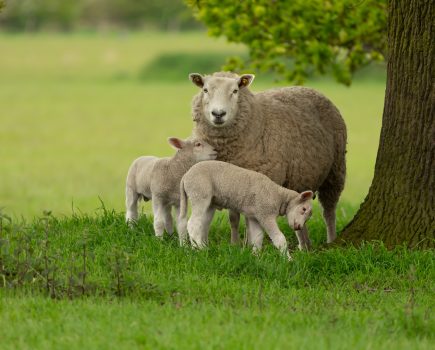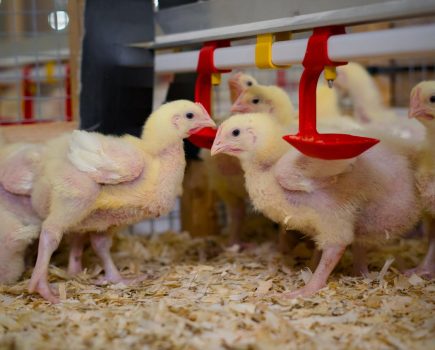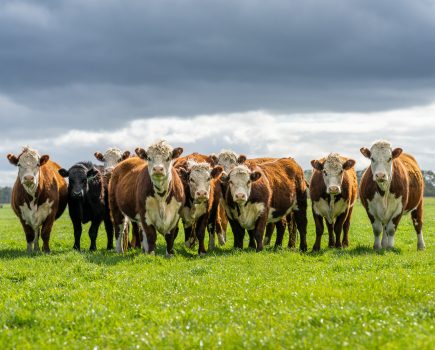Vets are urging farmers to vaccinate their flocks with Cevac Chlamydia® early in the season to help protect their ewes from EAE (enzootic abortion of ewes) and avoid Cevac Chlamydia® vaccine supply issues anticipated later in the year.
- Ewe lambs can be vaccinated with Cevac Chlamydia® from five months of age.
- Shearlings (one year plus) and older can be vaccinated within four months before tupping and no later than four weeks before the rams go in.
Harry Walby, ruminant veterinary advisor at Ceva Animal Health, comments: “EAE remains one of the most commonly diagnosed causes of abortion in UK sheep1, costing the UK sheep industry up to £20 million annually. We have been advised that there will be stock availability issues later in the year and so we are encouraging farmers to vaccinate their flocks as early as possible to utilise current provisions of Cevac Chlamydia and help ensure the continuous supply of the vaccine.”
Fiona Lovatt BVSc PhD FHEA DSHP DipECSRHM FRCVS, RVCS recognised specialist in sheep health and production, adds: “An outbreak of enzootic abortion is devastating – this is a disease for which it is essential to ‘Plan ahead, Prevent disease and Protect the flock’. Once we get close to tupping, there is very little we can do if there is a shortfall in vaccine supply at the crucial time. It would be sensible to be ahead of the game and ensure that first time lambers – whether ewe lambs or shearlings – are vaccinated earlier in the season and while there are stocks available.”
EAE is caused by the bacterium, Chlamydophila abortus, which is spread from sheep to sheep, predominantly at lambing, when affected ewes shed large numbers of the bacterium in their foetal fluids and placenta. Infection in a flock can result in the birth of dead and/or weak lambs from about three weeks before lambing is due to start. If sheep are infected after about 100 days of pregnancy they will not abort at this lambing, the bacterium become latent but then reactivates causing abortion at the subsequent lambing. The highly infectious nature of chlamydia, as well as this latent infection means that levels of abortion can be relatively low one year, before resulting in a storm and significant losses in the next year. Some ewes may not abort but can still shed the bacterium, meaning neonatal ewe lambs could be infected. In a previously uninfected flock the infection is generally bought in.
For more like this, sign up for the FREE South East Farmer e-newsletter here and receive all the latest farming news, reviews and insight straight to your inbox.







